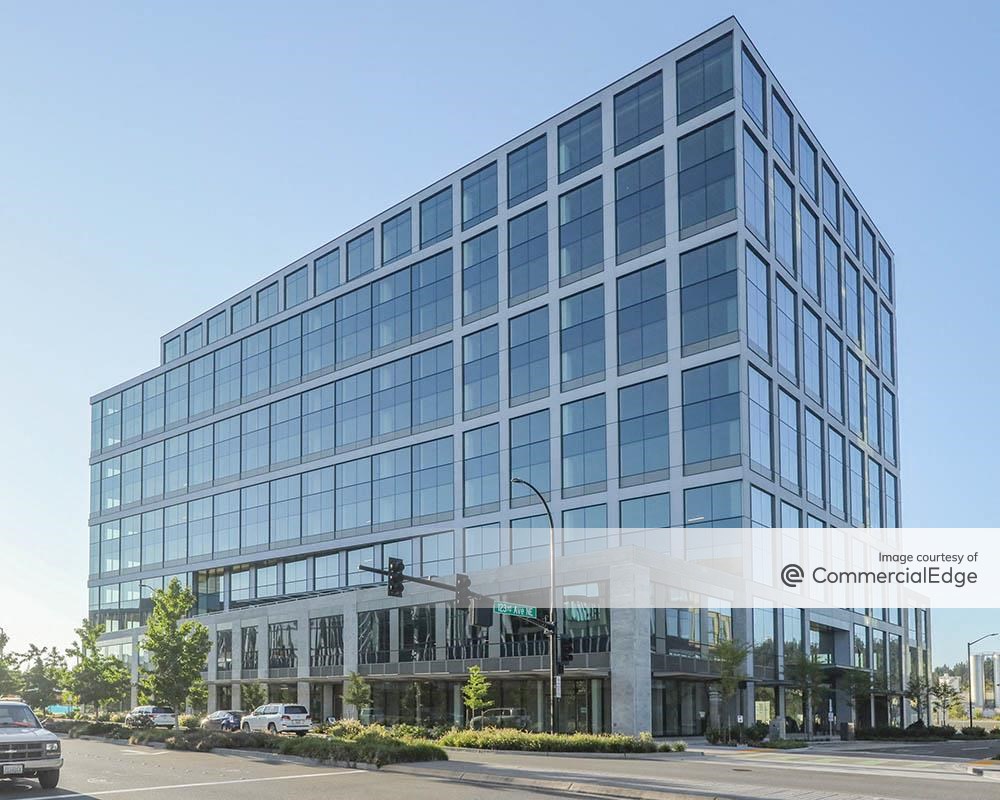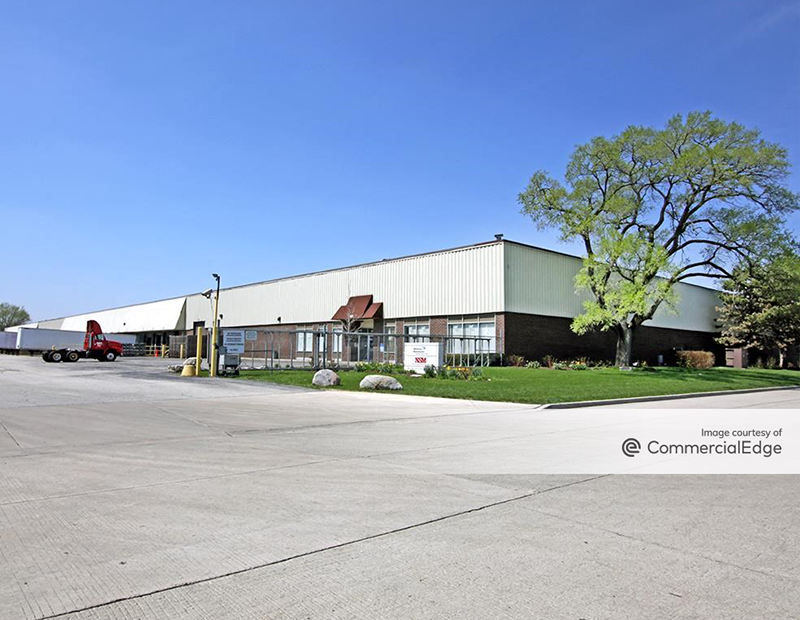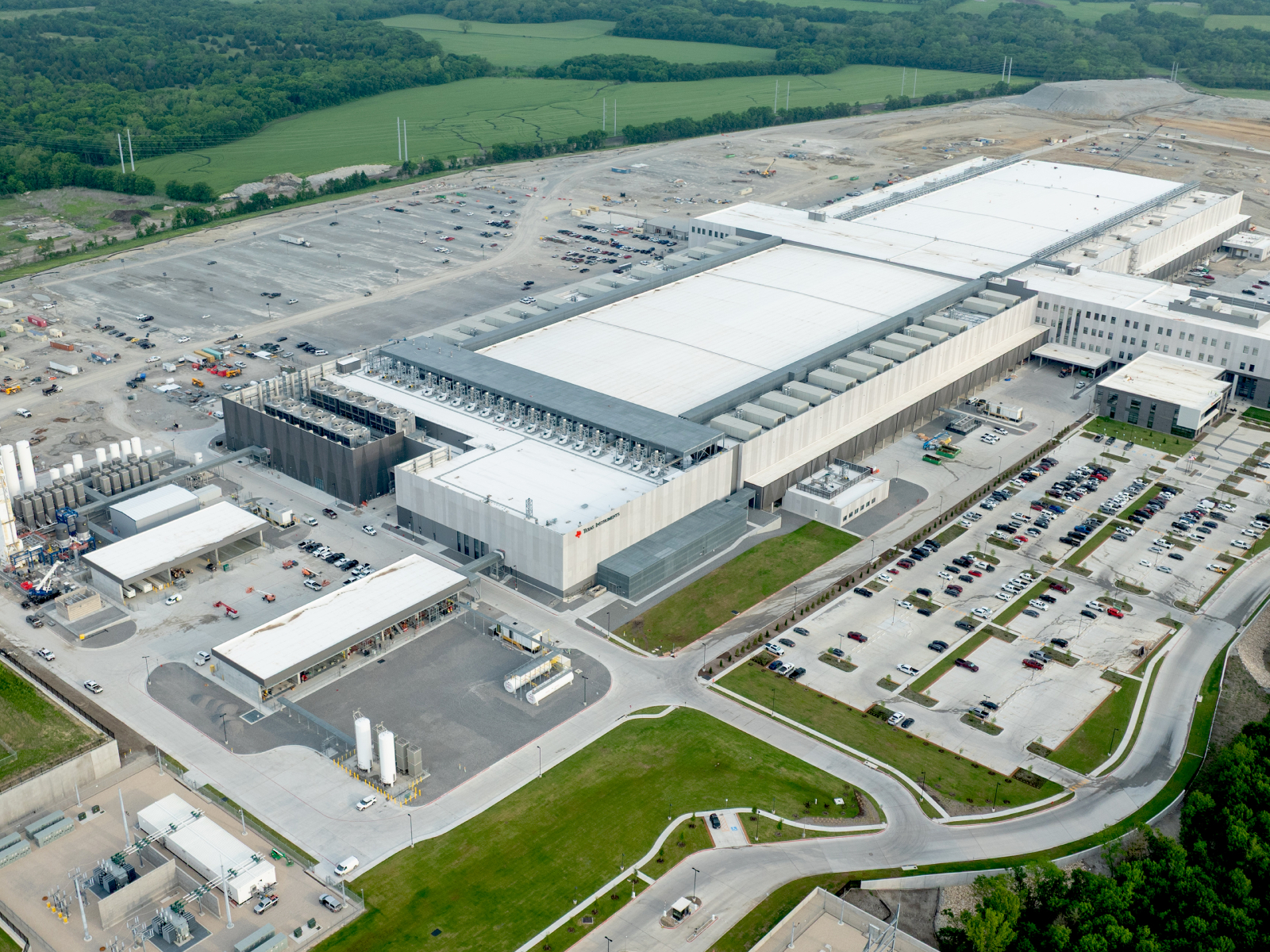Office Sector Faces Increased Risk of Distressed Activity
As the flight-to-quality trend gains momentum, older properties and those already struggling are at higher risk, the latest CommercialEdge report shows.
Following the pandemic, a surge in distressed offices was expected. CommercialEdge notes that although there haven’t been many instances of distressed activity so far, a higher cost of debt, weak demand, falling prices—average sale prices fell from $269 per square foot in the first quarter of 2022 to $214 per foot in the fourth quarter—and a potential recession may lead to a significant uptick in 2023.
Office assets struggling with low occupancy levels, expiring leases and maturing loans will be the most vulnerable to these shocks. Owners might also convert some of these assets into other uses such as life sciences or multifamily.
READ ALSO: How a Looming Recession Impacts CRE Deals
The office-using sector recorded a 3.1 percent improvement year-over-year in January, adding 83,000 new jobs. Two out of the three office-using sectors recorded positive job growth: professional and business services added 82,000 workers in the month, while financial activities added 6,000 new positions. Meanwhile, the information sector shed 5,000 jobs.
Nationwide, the under-construction pipeline included 123.6 million square feet office space at the end of January, accounting for 1.9 percent of total stock, according to the CommercialEdge office report. More than a quarter of all new supply was concentrated in the top five markets with the largest inventories, namely Boston, Manhattan, Dallas, Austin and San Francisco.
Office vacancy continues to climb
National average full-service equivalent listing rates averaged $38.04 per square foot in January, increasing by 110 basis points year-over-year. Asking rates had the highest year-over-year increases in Orlando (12.2 percent), Seattle (10.4 percent) and Philadelphia (8.1 percent), followed closely by San Francisco and San Diego each with an 8.0 percent increase.
The national office vacancy rate continued its upward trajectory, reaching 16.6 percent in January, up 80 basis points from the same time last year. While office vacancies recorded upticks in most markets, certain markets have seen rates climb faster than others. Portland led the way in this aspect, with a 320 basis-point increase year-over-year, alongside San Francisco (290 basis points) and Austin (280 basis points).
Read the full CommercialEdge office report.








You must be logged in to post a comment.